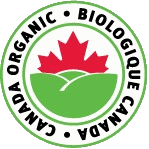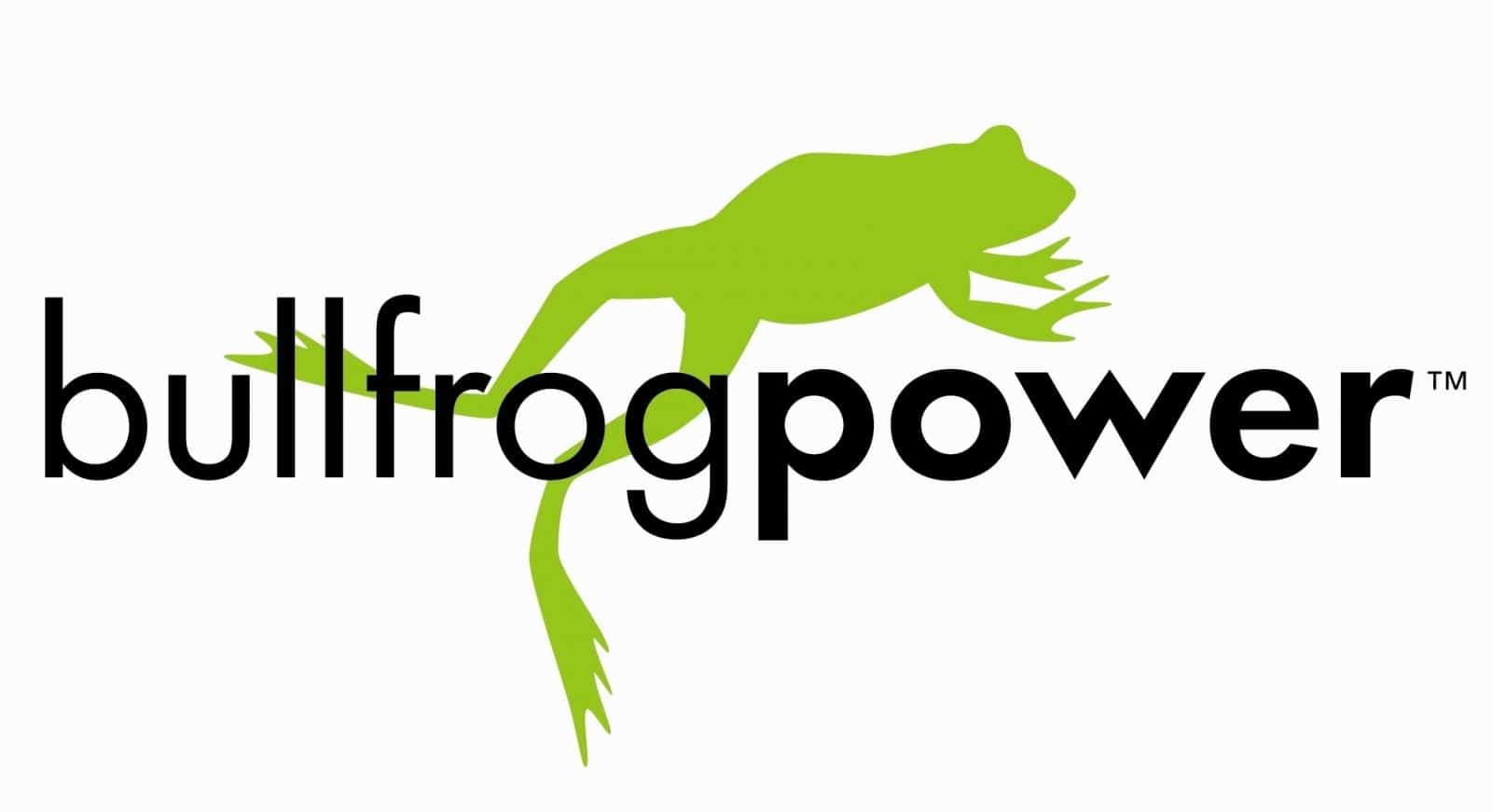Read Original Article at Comox Valley Record | Terry Farrell, Mar. 5, 2019 6:00 a.m.
Picture: The five Ballenas School students behind the experiment: Investigating the Growth Patterns of Alfalfa (Medicago sativa) Sprouts in Microgravity: a Potential Nourishment for Future Manned Spaceflight.
Many companies claim their products are “out of this world” but few can say so literally.
Eat More Sprouts will soon be one of the few.
The Courtenay business is about to have an other-worldly experience.
This summer, when the Student Spaceflight Experiments Program (SSEP) Mission 13 to the International Space Station (ISS) launches, an experiment designed by five École Ballenas (Parksville) students will be aboard.
The experiment is titled Investigating the Growth Patterns of Alfalfa (Medicago sativa) Sprouts in Microgravity: a Potential Nourishment for Future Manned Spaceflight. The sprouts heading to space are from Eat More Sprouts in Courtenay.
Carmen Wakeling, co-owner of Eat More Sprouts, is… ahem… over the moon about the opportunity.
“I am really excited,” she said. “I have been told by scientists that sprouts are like the fruit fly of the vegetable world from a research perspective. They grow fast and experiments can be repeated several times a week where other crops might be repeated several times a year.”
The SSEP is an initiative of the National Center for Earth and Space Science Education (NCESSE), located in Maryland, USA, and the Arthur C. Clarke Institute for Space Education, which works internationally.
The American-based Student Space Flight Program (SSFP) invited School District 69 (Qualicum) to participate in the initiative. A call-out for experiments from students in Grade 5 through 12 in SD 69 was made in September of 2018.
Wakeling said she has been in on the project from the beginning.
“I first found out about this project in early September when the awesome teacher Mr. Carl Savage got in touch with me,” said Wakeling. “I then had a follow-up meeting with one of the students later in the month where I showed him our facility and talked to him about what it takes to grow a good sprout.”
The school district whittled down all the entries to three finalists, and sent them to the NCESSE.
From the submissions, the SSEP review board chose Investigating the Growth Patterns of Alfalfa (Medicago Sativa) Sprouts in Microgravity: a Potential Nourishment for Future Manned Spaceflight to be conducted on the International Space Station.
“We’re very fortunate to be part of the Student Spaceflight Experiments Program (SSEP),” said SD 69 assistant superintendent, Gillian Wilson. “The experience is preparing today’s learners for tomorrow’s world. It has been an unprecedented applied learning opportunity that emphasizes science, technology, engineering and math. Thanks to over $18,000 of funding, made possible by the Karen and Fred Green Fund (held at Vancouver Foundation) and Magellan Aerospace, over 400 students across the school district learned about the microgravity environment of space and created science experiment proposals.”
Wakeling is looking forward to hearing the results of the experiment.
“This project will give all of us more insight into how a plant will manage the stresses of the universe,” she said. “It may also give insights into what foods could realistically be grown with little daylight and water in a very controlled but potentially harsh environment.”
Does she have any predictions as to how her alfalfa will grow, in outer space?
“I think they may get a little curly,” she said. “Gravity causes the plants to orient upward but if there is less consistency in that area things could get a little wavy.
“I can only imagine things might not be as straight-forward in space as they are on earth.”






